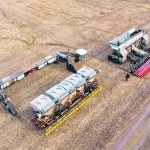Based on a single tool carrier design similar to DOT, but with a cab, the unit seeds, sprays, harvests and more
An automated, 1,100 horsepower carrier unit with interchangeable implements has been developed by Nexat GmbH for broad-acre crop production. Joseph Jandrisch is an owner of Kalverkamp Innovation, a parent company of Nexat GmbH, and he’s also one of four managing directors that guides product development for the machine. He said the Nexat is a gantry […] Read moreStories by Robin Booker
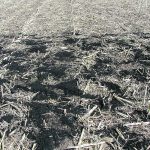
Biochar: More carbon, better water and nutrient capacity
Enhancing systems that produce and apply biochar as crop amendments should be a focus of carbon sequestration policies, according to a University of Alberta researcher. Cole Gross, doctoral candidate in soil science at the university, conducted a three-year field study comparing one-time additions of manure compost and biochar to assess their effects on soil organic […] Read more
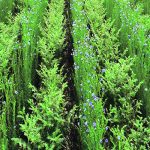
Intercrop study shows value of pulses in the mix
Oilseed and pulse intercrops can result in better yields and nutrient use, according to research conducted at the University of Saskatchewan. “Legumes are a good choice for intercropping due to their ability to biologically fix nitrogen, which can reduce competition for nitrogen in an intercrop system,” said Melanie Reid from the U of S. During […] Read more
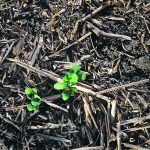
Big farm thinking about tiny agricultural micros
Questions are being asked with the rise of research and product releases for microbiological tools in agriculture
A significant hurdle that manufacturers of microbial-based cropping products must overcome is of their own making. “We’ve created our own problem by overpromising what biologicals are capable of doing, and so we’re living with that right now and it’s a bit of an inflection point where we’re trying to change that image, be it with […] Read more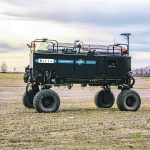
Raven releases a more robust robot
Raven’s Omnipower agricultural robot now has more power and a better controls system. “We’ve beefed up the frame and some of the structural elements to allow that extra power to be handled by the frame. There’s a redesigned caster wheel system and we put higher flotation, higher weight capacity tires on,” said Ben Voss of […] Read more
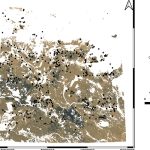
Historical space and terrestrial data predict soils’ properties
University of Saskatchewan researchers improve bare soil predictive modelling for agriculture in province
Historical soil data combined with satellite imagery is being used to create models that can accurately predict soil properties, including the most precise soil-texture map currently available in Saskatchewan. Researchers from the University of Saskatchewan already created a synthetic bare soil map with data from the Google Earth Engine (GEE) to predict soil properties. However, […] Read more
Security systems and neighbours deter thieves
People have been moving away from rural areas in the Prairies for decades, and those who remain can feel isolated with their closest neighbours sometimes kilometres away. It’s also much harder for producers to keep their property secure in ever expanding farms, especially when assets are in yards where nobody lives. If producers do keep […] Read more
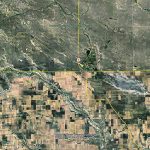
Years of detailed satellite imagery for free
An app that evaluates the risk of aphanomyces in prairie fields has been developed at the University of Saskatchewan. It recently received funding from Saskatchewan Pulse Growers. “It’s a working project but we’re quite happy with the way it works and we hope producers use it to lower their risk of aphanomyces root rot,” said […] Read more
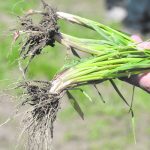
Ultra-early seeding synchronizes crop growth
Forget about seeding dates, focus on soil temperature when planting spring wheat. Grain yield is often maximized when seeding spring wheat into soils at 2 C, and a greater reduction in grain yield was observed with wheat planted in 10 C soils compared to soils at 0, according to Agriculture Canada research. When Brian Beres […] Read more
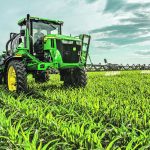
Green and yellow releases green on green
Deere says it will have in-crop, targeted weed control available for some select crops for 2023 sprayer models
Rapid growth in the smart spraying market continues with the launch of John Deere’s See and Spray Ultimate, which can detect and spray individual weeds growing in soybean, corn and cotton crops. John Deere already has a smart spraying product called See and Spray that it launched last year. It can target individual weeds in […] Read more

